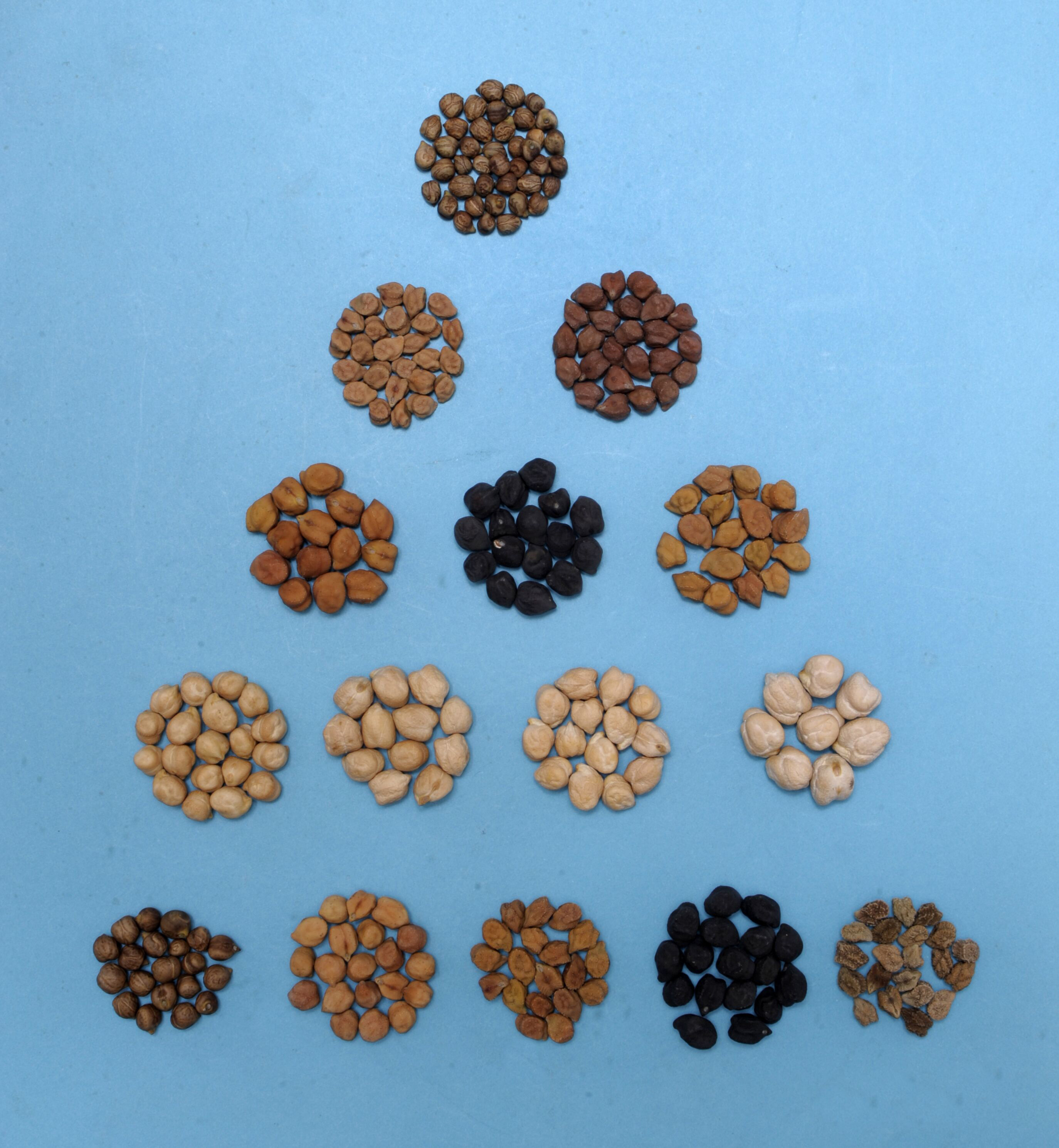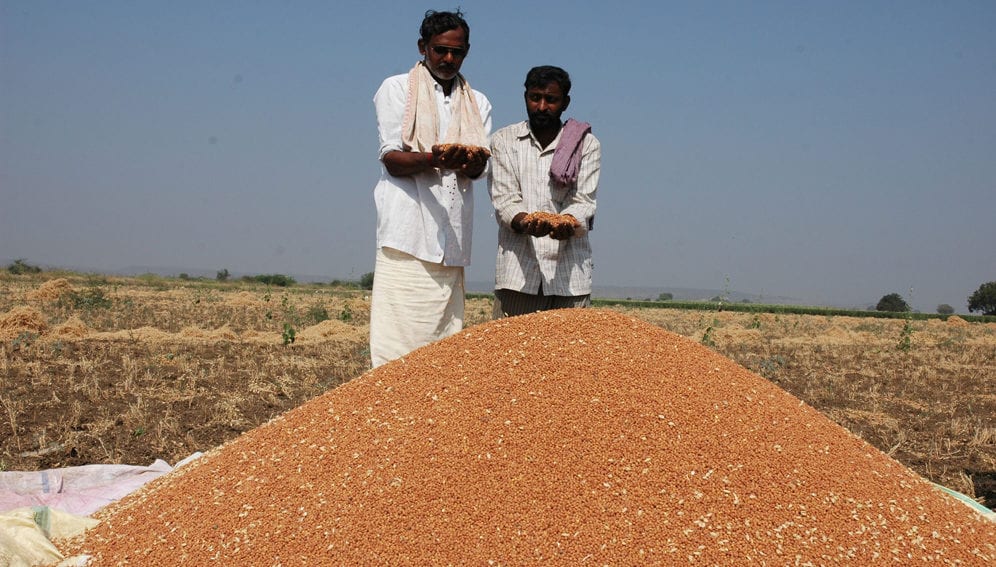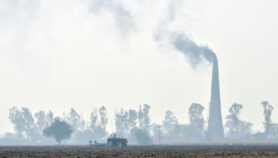Send to a friend
The details you provide on this page will not be used to send unsolicited email, and will not be sold to a 3rd party. See privacy policy.
[NEW DELHI] The identification of genes responsible for heat and drought tolerance in chickpea (Cicer arietinum) is expected to help develop varieties of the crop capable of withstanding rapid global warming and climate change.
Chickpea is grown in more than 45 countries but mainly in South Asia and Sub-Saharan Africa. India is a leader in chickpea production and accounts for 65 per cent of the global production of the legume or about 12 million tonnes annually.
“We identified genes which can help the crop tolerate temperatures of up to 38 degrees Celsius, leading to higher productivity,” says Rajeev Varshney, an author of the published work and research programme director for genetic gains at the International Crops Research Institute for the Semi-Arid Tropics (ICRISAT), Hyderabad, India.
“We identified genes which can help the crop tolerate temperatures of up to 38 degrees Celsius, leading to higher productivity”
Rajeev Varshney, International Crops Research Institute for the Semi-Arid Tropics (ICRISAT)
The team of international researchers which identified the heat- and drought-tolerant chickpea genes published their work on 29 April in Nature Genetics.
Institutions from Australia, Europe, China, the US and other countries were involved in different areas of the ICRISAT project such as sequencing, data analysis, gene annotation, association analysis, domestication analysis, migration analysis and plant breeding applications.
“Chickpea is of great importance to these areas as a crop grown by smallholder farmers,” Varshney says. Being rich in beta-carotene and minerals, including phosphorus, calcium, magnesium, iron and zinc, it is an important source of protein for millions of people in developing countries.
More than 90,000 chickpea accessions are conserved in genebanks worldwide. Owing to limited available data, however, the diversity of this crop has not been fully explored. By using next-generation sequencing (NGS) technology, the ICRISAT study enabled a cheaper and more efficient research process to provide insights about climate change-resilient varieties of chickpea.

Droughts and increasing temperatures are said to be causing more than 70 per cent yield loss in chickpea, globally. According to the study, “The productivity of chickpea, a cool-season legume crop, is expected to reduce further with predicted increase in global temperature due to global warming”.
The ICRISAT study sequenced and analysed 429 lines of chickpea from 45 countries with different kinds of adaptation. They evaluated lines under drought and heat stress conditions and, based on the phenotyping data, identified candidate genes for these traits.
“In general, crop productivity of chickpea is less than one tonne per hectare — so a variety tolerant to drought will be very useful to farmers,” Varshney tells SciDev.Net. “However, in this paper, we discuss more about heat tolerance as this is going to be a serious production constraint in climate change conditions.”
M. S. Sheshshayee, faculty at the University of Agricultural Sciences in Bangalore and an author of the paper, says the work will pave the way for discoveries of more genes that have to do with drought adaptation, disease and pest resistance, high temperature tolerance and other traits.
Manoj Prasad, senior scientist at the National Institute of Plant Genome Research, New Delhi, says the study provides “better insight into the genes underlying [climate-resilient] traits which can be directly targeted to develop climate-smart varieties either through transgenic and/or genomics-assisted breeding approaches”.
K. V. Ravishankar, an expert on genomics and principal scientist at the Indian Institute of Horticultural Research, says the study has identified genetic regions linked to heat resistance and drought tolerance. Additionally, it has given information about how chickpea was domesticated and how it migrated to India where its genetic diversity narrowed down.The study data suggests that the primary centre of origin of chickpea was Eastern Mediterranean and that it migrated via Central Asia and the ‘Fertile Crescent’ to East Africa and South Asia.
This piece was produced by SciDev.Net’s Asia & Pacific desk.
References














